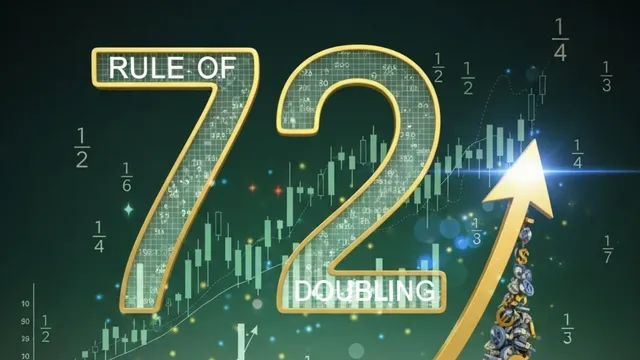- By Shreyansh Mangla
- Mon, 18 Aug 2025 01:13 PM (IST)
- Source:JND
FD, RD And Post Office Schemes: Have you ever wondered how to save enough money for your future? In today's world, simply saving money is not enough, it is essential to invest in savings schemes that would help the money grow with time. There are many safe investments, such as Fixed Deposits (FDs), Recurring Deposits (RDs), and Post Office schemes, which can provide guaranteed returns. These platforms offer guaranteed returns, but the question is: can they help double your money and in how much time?
ALSO READ: Vikram Solar IPO Opens Tomorrow: Check Price Band, GMP, Key Dates And Other Details Here
Your amount can be doubled through Fixed Deposits, Recurring Deposits and Post Office Schemes if you keep the money invested for a long term. To find out how long this will take, you can use the Rule of 72. Let's understand how to use it:
How to Use the Rule of 72
First, you need to determine the rate of return on the platform where you have invested. Based on this return, you can estimate how long it will take for your money to double.
Formula: 72 / Annual Interest Rate = Years (Time it takes for your money to double)
Let's understand with examples:
PPF (Public Provident Fund) - 7.1% interest rate
72 / 7.1 = 10.14 years
RD (Recurring Deposit Scheme) - 6.7% (Post Office)
72 / 6.7 = 10.75 years
FD (Fixed Deposit) - 7.5% interest rate
72 / 7.5 = 9.6 years
If the interest rate on an FD is 8%:
72 / 8 = 9 years
ALSO READ: SBI Hikes Home Loan Rates By 25 Basis Points For New Borrowers; EMIs To Get Costlier? Check Details
In this way, you can easily estimate the time it will take for your money to double by using the returns from your schemes and this formula.
How to Create a Balanced Portfolio
A balanced portfolio includes both safe and risky investment options. For safe investments, you can put money into Fixed Deposits (FDs), Recurring Deposits (RDs), and Post Office schemes. A balanced portfolio can be created by investing in different types of mutual funds, equities (stocks), and commodities like gold and silver, which are considered riskier investments.

